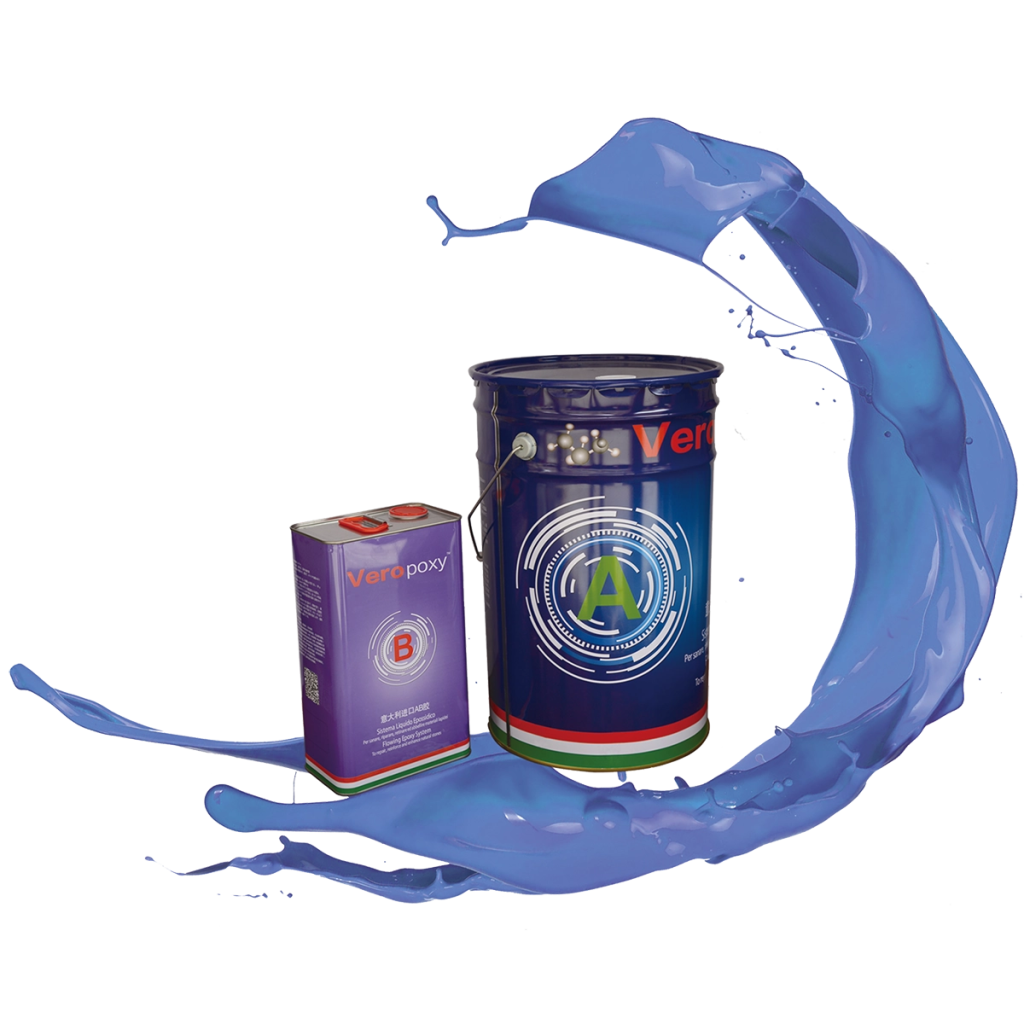Semi-precious stones like lapis lazuli, jasper, and agate bring an unparalleled beauty to interior spaces. Found in wall panels, tabletops, and counters, these stones provide vivid colours and patterns that set each piece apart. Semi-precious stones can be vulnerable to damage, though, because they are often softer or more porous than their conventional counterparts, such as granite or marble. A common answer to improve the lifetime and durability of these delicate stones in stonework uses is epoxy resin coatings. The scientific features of epoxy resin as a protective coating are discussed in this paper, together with how it preserves semi-precious stones’ beauty while shielding them from wear and tear and environmental changes.

The Protective Power of Epoxy Resin for Semi-Precious Stones
Epoxy resin is a versatile material with a strong bonding capability, making it an ideal protective coating for semi-precious stones. Applied as a coating, epoxy resin creates a hard, clear layer that seals the surface of the stone, so shielding it from water, chemicals, abrasions, and small impacts. This can mean the difference between a long-lasting, perfect surface and one that is readily worn or damaged over time for semi-precious stones used in high-touch areas.
But epoxy isn’t just a protective shield; it also enhances the visual appeal of semi-precious stones. Applied, the resin produces a glossy finish that can intensify colours and add a luminous quality, so enhancing the appearance of stones and polishing their surfaces. Epoxy resin coatings are becoming a preferred choice in high-end stonework because of their visual appeal and increased durability.
Scientific Insights into Epoxy Resin’s Properties
1. Adhesion and Bonding Strength
Excellent adhesion and bonding strength of epoxy resin are well-known. Applied to a semi-precious stone surface, it adheres tightly to create a bond resistant to cracking or peeling. Semi-precious stones that might undergo thermal expansion or contraction depend on this great adhesion since it keeps the epoxy intact even if the surface of the stone moves somewhat. For stones more brittle, Epoxy’s strength is especially crucial since it helps to strengthen the construction against breakage.
2. Chemical Resistance
Semi-precious stones are sometimes sensitive to chemicals, especially acids that might compromise their surfaces. On the other hand, epoxy resin shields the stone from discolouration or etching by great resistance to most household toxins. This quality is quite important for semi-precious stones used in kitchen purposes since it lets them resist spills and cleaning agents without damage.
3. UV Stability and Resistance to Yellowing
Yellowing over time—especially in relation to UV light—is one of the typical worries about epoxy coatings. UV stabilisers, which greatly lower the risk of discolouration, are now included into advanced epoxy resin compositions. Semi-precious stones kept in brightly lit environments, such countertops close to windows or outdoor areas, depend on this enhancement. Designers and homeowners will be able to enjoy a longer-lasting, clear coating that preserves the stone’s natural colour by choosing a UV-stabilized epoxy.
4. Impact Resistance and Flexibility
For semi-precious stones, some formulations allow some flexibility even as epoxy resin cures into a hard layer. Often softer or with natural fractures, semi-precious stones are more likely to chip. A somewhat flexible epoxy layer can absorb shocks and lower chipping or cracking risk. This adaptability also enables the resin to accommodate minor temperature fluctuations, which might otherwise lead to a completely rigid layer cracking over time.
Application Process of Epoxy Resin as a Coating
Applying epoxy as a coating requires precision and care to ensure a smooth, bubble-free finish. To prevent dust or oils that might compromise adhesion, the stone surface needs to be first completely cleaned and dried. Usually poured over the stone, the epoxy resin and hardener mixture evenly creates a thin, protective layer. Many artists use a heat gun to eliminate any bubbles that might develop during application for a perfect, smooth finish. The coating then cures to produce a hard, glassy layer that improves the stone’s appearance and durability.
Challenges and Considerations
Epoxy resin has limits even if it offers strong protection. The curing process, for example, may be sensitive to environmental factors including temperature and humidity, so influencing the resultant finish. Although epoxy is resistant to most chemicals, over time discolouration or degradation can still result from extended contact to strong cleaners or solvents. To maintain the epoxy coating in perfect condition, then, consistent cleaning using mild, non-abrasive products is advised.
Furthermore, it’s essential to select the right type of epoxy for each specific application. Epoxies are made in several forms; some give clarity top priority, others flexibility or heat resistance. While decorative pieces may benefit more from a high-clarity, gloss-enhancing formulation, for semi-precious stones in kitchens a high-grade, UV-stable, heat-resistant epoxy is usually best.

Epoxy Resin
Epoxy resin has transformed the use of semi-precious stones in stonework so that these exquisite but delicate materials may sparkle in fresh and innovative uses. Epoxy lets semi-precious stones be used in high-touch surfaces without sacrificing their natural appeal by offering a clear, protective coating that improves both durability and appearance. Epoxy formulations are becoming more and more important in maintaining the beauty and utility of semi-precious stone surfaces as they continue to develop, so supporting both interior and architectural design.
Post time: 11 月-07-2024

